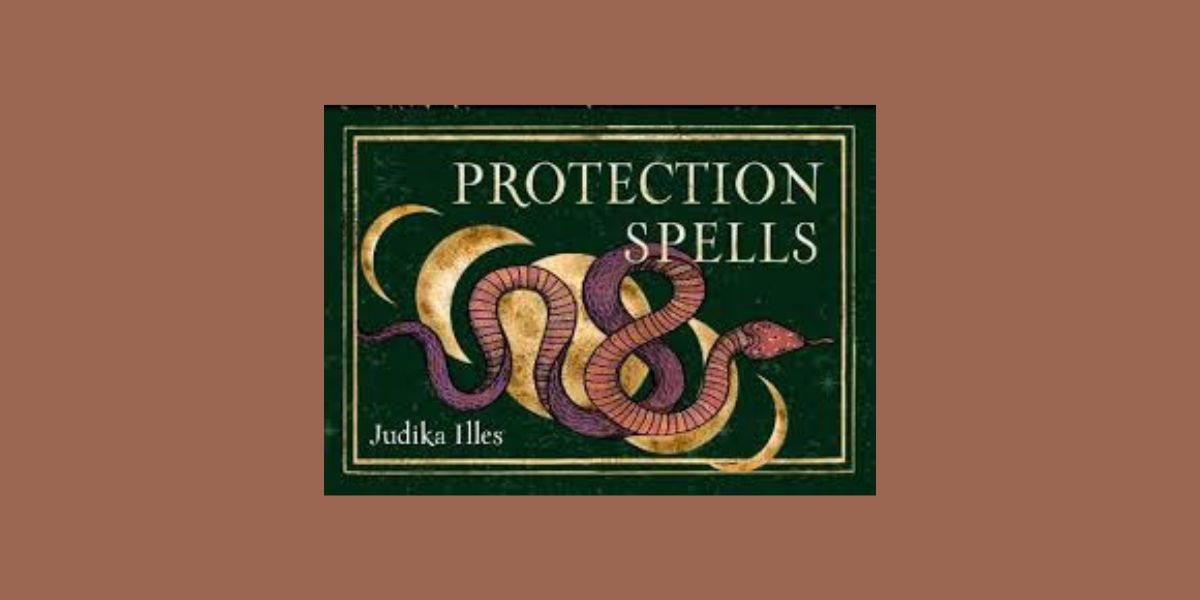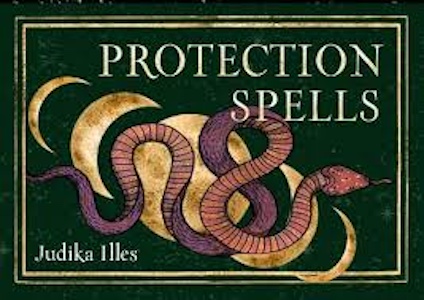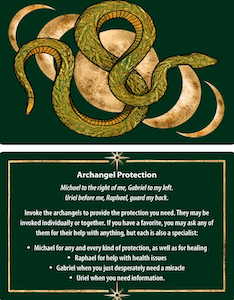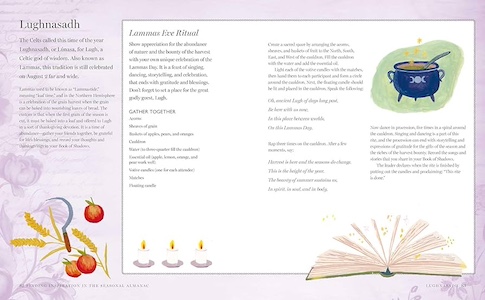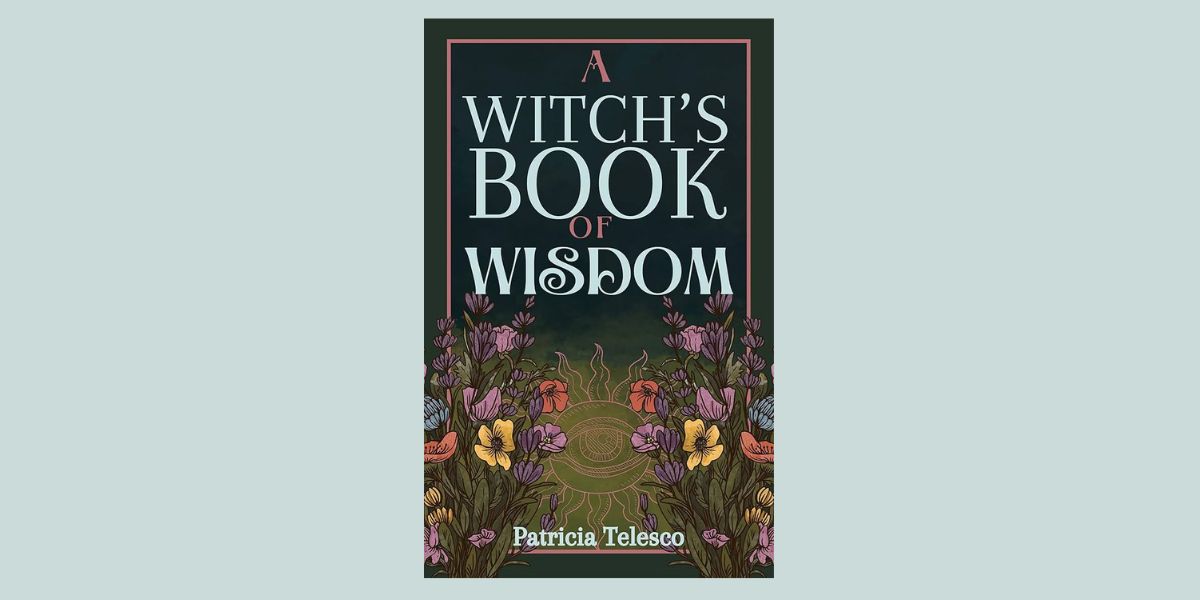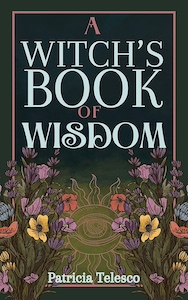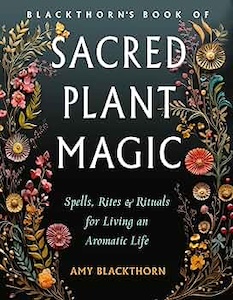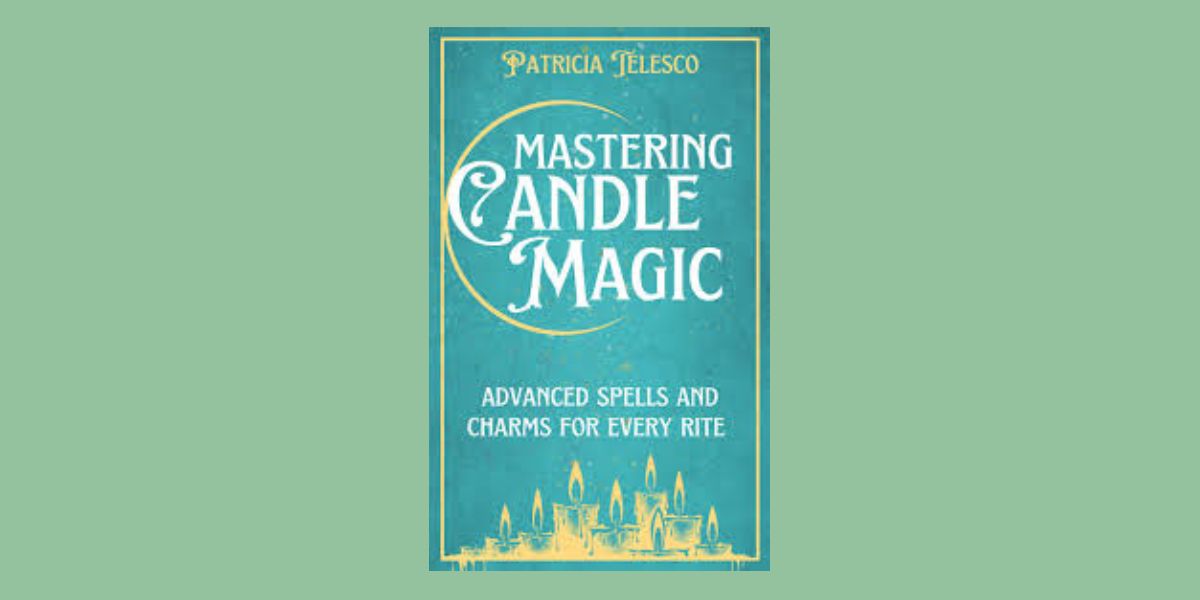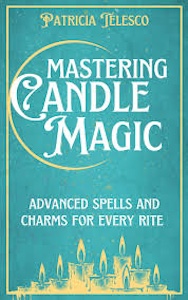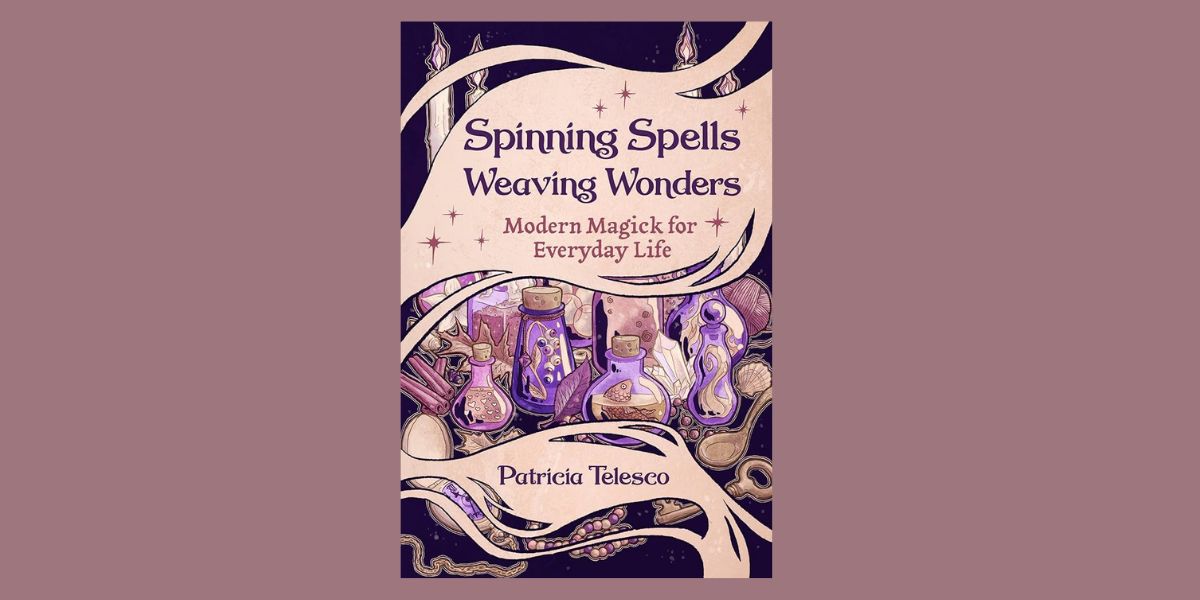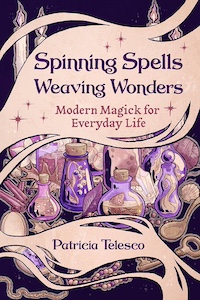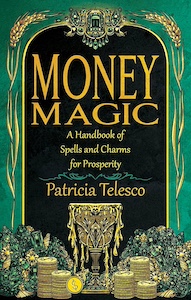
Money Magic: A Handbook of Spells and Charms for Prosperity, by Patricia Telesco
Crossed Crow Books, 196453710X, 189 pages, April 2025
Money — one of the most sought out manifestations in spellwork! Who doesn’t want a bit of extra coin to take a vacation, buy a new car, or sign up for a course that’s been calling? Money Magic: A Handbook of Spells and Charms for Prosperity by Patricia Telesco teaches readers how to bring about financial enhancement through a variety of magical methods. Filled with time-honored practices and Telesco’s magical insights, this book offers inspiration and novel methods to increase one’s prosperity and abundance.
“I think a lot of people today feel overwhelmed with financial burdens. Having walked a mile in those shoes, and knowing what a difficult road it can be, inspired the material you’ll discover here. My hope is to give everyone reading this a clever, insightful, and practical magical blueprint for changing meager patterns in your life to those that reflect plenty, no matter how you wish to apply that energy.”1
Telesco, a seasoned author in the field of magical and spiritual literature, offers readers a comprehensive guide to attracting wealth that is very grounded and doesn’t eschew the hard work required to build and maintain one’s resources. Often referring to idioms and maxims, she encourages readers to do what’s necessary on a practical level, boosting it with magical intentions, rather than solely rely on one’s magical workings alone. I loved how she weaves together humor with a realistic approach to money magic, getting the reader in the right frame of mind to preserve, tend to their financial matters with care, and take personal responsibility for their money situation.
While Telesco doesn’t offer a get-rich-quick solution, she does provide TONS of guidance on magical methods one can draw upon to boost their financial flow. The book is organized into several chapters, each focusing on different aspects of money magic. The book includes hundreds of spells, chants, rituals, and more aimed at enhancing prosperity. These range from simple charms to more elaborate rituals, suitable for practitioners of all levels. Even more, she also includes folklore, superstitions, and customs from cultures both ancient and modern to provide a wide range of ideas and different perspectives for readers.
Telesco begins the book with lists of folklore, superstitions, signs, and omens related to money from around the world. Presented in lists, this section is easy to read and quite engaging, as there’s a lot of little tidbits of useful information. Next, she moves onto creating beverages and food for abundance, presenting recipes like “Prosperity Punch” and “Quick Cash Cabbage”. She offers tips for enhancing the recipe and making modifications to fine-tune your results.
Chapter three turns to aromatics, as Telesco notes “the nose knows”2 More than simply good-smelling oils, Telesco presents a variety of ways one can use scent to boost their magic. She lists prosperity aromatics, along with offering recipes for air sprays, bath salts, candles, creams, incense, and more. My favorite was her suggestion to create finger bowls, or small bowls fill with herbal water for cleansing. I had never heard of these before! Furthermore, Telesco shares ideas for potpourri, powders, and culinary infused aromatics, such as herbal butter, seasoned salts, and infused sugars.
The following chapter is all focused on spellwork. Telesco provides her general “rules” for spellwork, encouraging readers to disregard what doesn’t feel right for them and do what does instead, though I found her insights very helpful. She discusses how she doesn’t do magic if she’s too personally invested and only uses magical energy if it’s something she truly can’t do on her own. Great tips! And within this chapter are so many spells, ranging from “Eggshell spell” to “Money in the Moon”. Most of these are all the quick spells one can do with just a few items and a chant.
The longer rituals are shared in “Chapter Six: Rich Ritual”. Telesco provides background context for performing rituals, such as the components of a ritual and process, including invoking the elements and calling to spirit. She then provides pre-written rituals that can easily be adapted for a new job/raise/promotion, financial dream prophecy, stretching one’s resources, getting cash quickly, and banishing poverty and bringing in luck.
There’s also a chapter on talismans, where Telesco covers “portable magic”3–charms, amulets, talismans, and fetishes–and teaches readers the basics of crafting their own. She offers symbols one can carve into or draw on, charms from different places (bee, pumpkin seeds, coral) one can carry with them, crystals to keep on one’s person, and other materially tangible ways to boost one’s luck in financial matters.
The final chapter delves into astrology and feng shui. Telesco offers general astrological insight for Western astrology sun and moon signs as well as the Chinese astrology animal zodiac. She also covers the basics of feng shui, teaching readers about the significant regions, colors, and elements involved. Astrology and feng shui are clearly very in-depth fields in their own right, so what Telesco shares is only a brief introduction, but it’s enough to get the reader curious about learning more!
Telesco includes two appendices at the end. The first is a list of “suitable offerings, libations, incense, and spell and ritual components for money magic”4 and the second is a list of prosperity gods and goddesses. Both are very interesting reads!
What’s really lovely about this book is how it engages so many magical methods. For those more inclined to working with herbs or hands-on crafts, there’s plenty of options. Likewise, the kitchen witch will have a ball reading through all the magically-infused food options. Those who enjoy spellwork or astrology also have their pick of magical methods to boost their finances. From crystals and gems to sigils and chants, all kinds of magical workings are contained within this book! There’s so much to explore!!
So far, I’ve had two major money successes using tips from this book. First, I negotiated a 33% higher rate for an independent contractor job I’m starting in July. Then the next dayI was selected to do a focus group I had applied for that pays $150 for just an hour and a half of my time! These little boosts of cash made me quite happy and made me feel confident my money magic is working!!
Overall, Money Magic is a easy-to-read, well-structured, and insightful guide for anyone interested in utilizing magic to boost their financial well-being. Telesco’s practical advice coupled with decades of wisdom makes this book a valuable addition to the library of both novice and seasoned practitioners. Whether you are looking to enhance your financial situation or simply curious about money magic, you’re sure to find quite a few new tricks to add to your toolbelt.
As mentioned, I’ve already seen two major results from working with the book for just one week! I am excited to keep experimenting with the ideas shared in this book; it’s a relief to know I have a resource to go to for this specific type of magic. I love Telesco’s mix of correspondence lists, so one can craft their own magical recipes, spells, charms, etc., and step-by-step workings that provide full details about what to do, how to do it, and when the best time is for it. There’s so much room for creativity and personalization within Telesco’s guidance, which I think is the true key to successful magic!
Alanna Kali is an astrologer, numerologist, and pioneer spirit that loves to explore life through the lens of depth psychology. She has a passion for studying the humanities and social trends. Her academic work is centered upon reuniting body, mind, and spirit through eco-psychology. She loves reading, spending time in nature, and travel.

